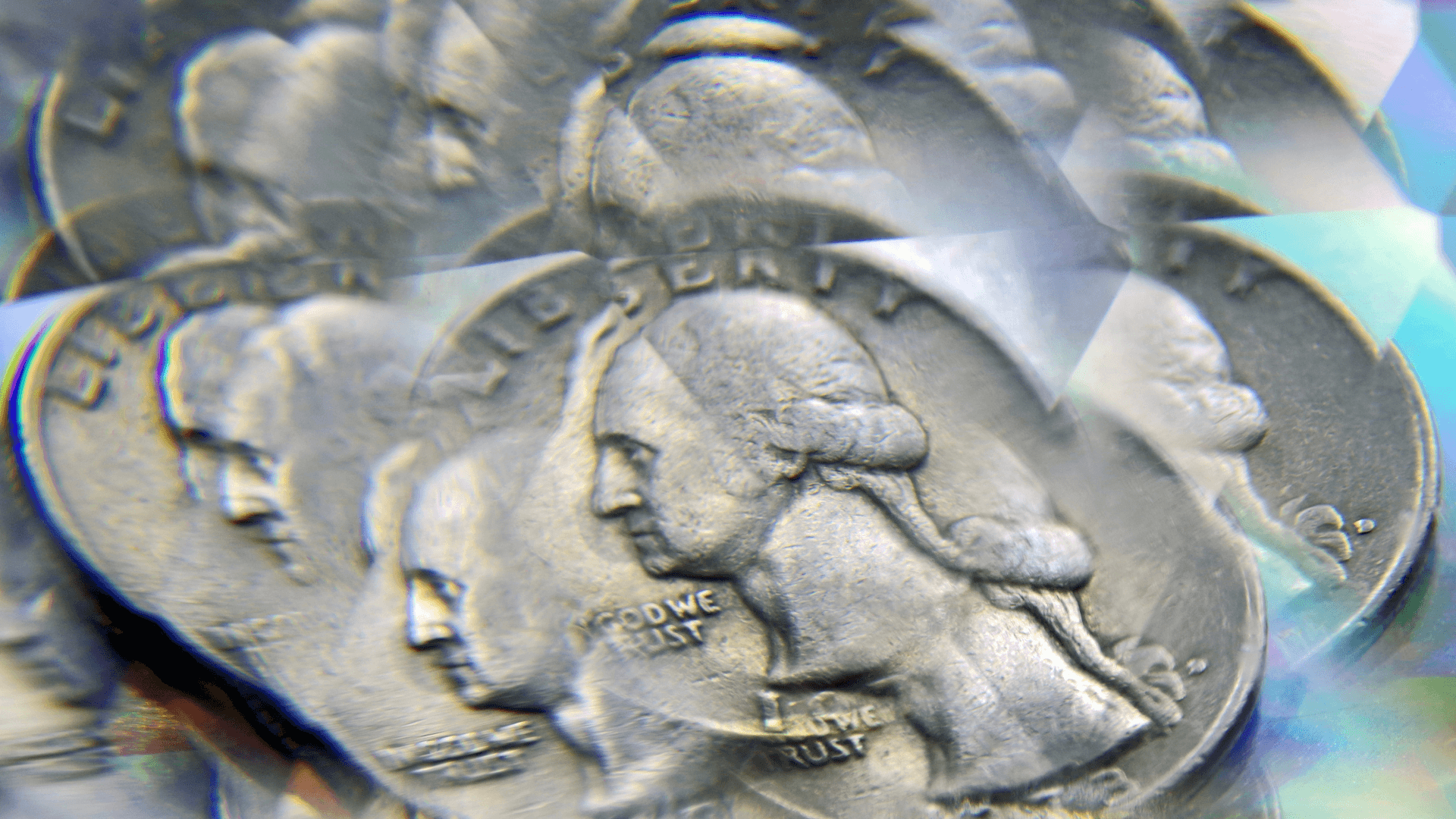By now, your tax refund should be safely nestled in your bank account, so what should you do with the extra money? Most people spend it on something nice or sock it away, but we talked to financial advisors about some clever, outside-the-box ways to use your refund.
1. Buy I bonds
Prices have increased almost 9% year-over-year because of inflation, which means your income and your savings have less purchasing power than they did a year ago. [1] Essentially, your money is worth a little less.
Series I Savings Bonds pay interest at a rate that offsets inflation. From May through October this year, that rate is 9.62%. [2] They earn interest for up to 30 years. You can cash them after one year, but you’ll lose three months of interest if you cash out before five years.
Individuals can buy up to $10,000 worth of electronic I Bonds each year at any time on the TreasuryDirect website, but Julie Hall, a certified financial planner, pointed out that you can also direct your tax refund toward an additional $5,000 in paper I bonds using IRS form 8888. You can only do this when filing your return, so at this point, it’s something to remember for next year.
You may need to adjust your budget to account for inflation as well. Many people try to save enough money to cover three to six months of expenses in the event of an emergency. Because of inflation, a reserve that previously covered you for 90 days will now run empty after 81 days. In addition, you probably have less to put away because of how much more expensive everything has gotten.
A refund is a good occasion to re-examine your spending and shore up your savings account, says Joe Piszczor, a certified financial professional at Stein Wealth Advisors.
“Make sure you know what your cash flow is like, because it may have changed dramatically,” Piszczor says.
2. Pay future taxes
Taxes are a never-ending expense, so you might as well use your refund to reduce your future liabilities. Especially if you’re a business owner who makes quarterly estimated tax payments, putting your refund toward future taxes can help reduce those quarterly payments, Hall says.
3. Perform a Roth IRA conversion
There’s never a great time to pay taxes, but right now may be a less bad time because of the lower tax rates provided by the Tax Cuts and Jobs Act. The Trump-era tax law lowered income tax rates, but only through 2025. Lower tax rates, combined with an underperforming stock market, make this an ideal time to move assets from a traditional retirement account to Roth retirement accounts, Piszczor says.
To explain why that’s advantageous, let’s review the difference between a traditional IRA and a Roth IRA. With a traditional IRA, you can contribute income tax-free, but your withdrawals get taxed as income once you hit retirement age. With a Roth IRA, you pay income tax on contributions, but withdrawals are tax-free.
Converting from a traditional to a Roth IRA means you’ll have to pay income taxes up front, but you’re betting that tax rates are lower now than they will be when you retire. “You’re locking in what many think is a very low federal income tax rate,” Piczczor says.
One advantage conferred by an underperforming stock market is that you’ll pay lower taxes on a less valuable portfolio. Plus, you can use your refund to offset the cost.
4. Rebalance your portfolio
You’ve probably set up your investment portfolio with certain asset allocations in mind based on your risk tolerance. Let’s say you put 80% of your money in domestic stocks, 10% in international stocks, and 10% in bonds. After a few months, those asset allocations can fall out of whack. If stocks lose ground and bonds go bananas, you may end up with 70% of your money in domestic stocks, 5% in international stocks, and 25% in bonds.
That’s why financial advisors tell people to rebalance their portfolios on a regular basis. Normally, this means selling some assets and buying others. In the case of the portfolio above, you’d sell off bonds to buy stocks.
But if you’ve got extra cash from your refund, you can use that money toward your rebalancing efforts and avoid selling off as many assets. “You could use that cash to rebalance your portfolio,” Piczczor says.
5. Make sure you don’t get a refund next year
No one wants to hear this, but getting a refund isn’t necessarily a net positive for your finances. The money you receive is often the result of overpaying on your income taxes throughout the year. Of course, it’s better than owing money at tax time, but a large refund is often a sign that you can lower how much of your paycheck you’re setting aside for taxes.
Talk to a tax professional about adjusting your withholding. You can also try the IRS withholding estimator. Your refund might end up smaller, but your paychecks will be bigger, and you’ll have a chance to use those funds without having to wait for April.
“If you have more control of the money throughout the year, you can do more things with it to meet your goals,” Hall says.
Image: Adrienne Bresnahan / Getty Images

